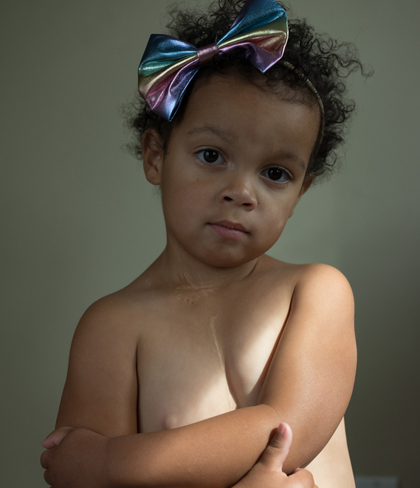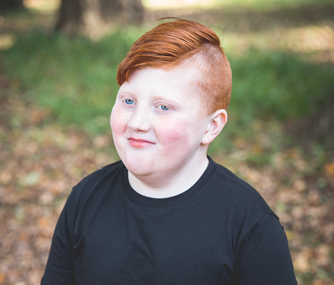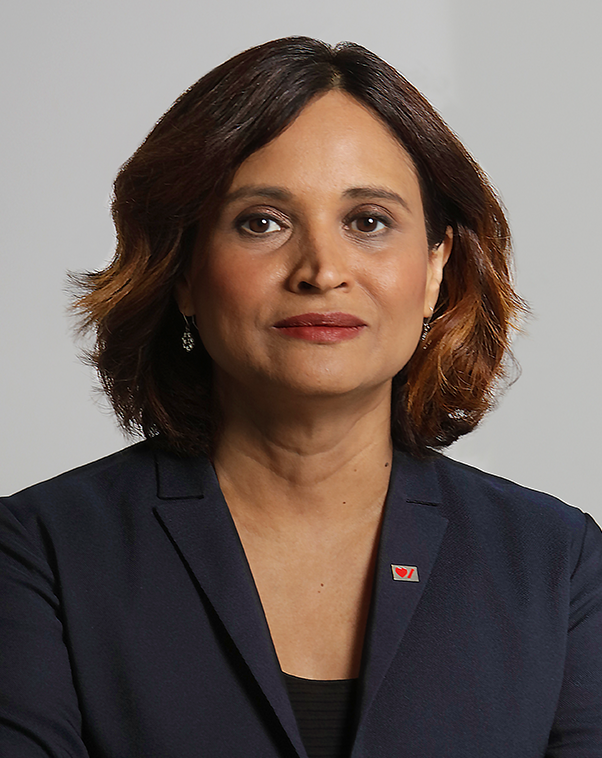
Gift of life keeps on giving
Dr. Doug Eyolfson saved a man’s life using CPR
10 years later, he was the one who needed saving
Chapter 1 A sudden collapse
Doug Eyolfson was in Vancouver to attend a conference and thought he’d squeeze in a run in Stanley Park. It was July 2022 and the Winnipeg-based emergency physician and former member of Parliament was training for a marathon.
About halfway through his run, he suddenly collapsed.
A nurse who was visiting from Yellowknife was also out for a run and saw Doug fall. He immediately started performing CPR on the 59-year-old physician. He was joined by an off-duty firefighter, who called 9-1-1.
Aided by two other bystanders, they took turns performing CPR on Doug for more than 20 minutes until an AED (automated external defibrillator) was found and his heart was shocked twice. Emergency medical services took Doug to St. Paul’s Hospital.
Chapter 2 Déja vu
Doug Eyolfson is no stranger to bystander intervention. In Winnipeg he’s known as the “bus doctor” because of one evening in February, 2013. If his car hadn’t been in the shop, Doug and his friend wouldn’t have been on public transit, and would not have seen an elderly man slumped over in his seat.

Doug after his quadruple bypass surgery.

Prior to his cardiac arrest, Doug led an active lifestyle, including regular running and the occasional hang gliding adventure.

Doug with his wife, Sowmya.
Doug laid the unconscious man on the floor of the bus and started CPR but the man wasn’t responding. Doug asked the bus driver to pull over so that his friend could look for a defibrillator in a nearby hotel. His quick actions saved the stranger’s life.
Now it was his turn.
At St. Paul’s Hospital, doctors intubated Doug and assessed his condition. Three days later, he had quadruple bypass surgery.
Doug was placed on a medication regime and after his return home, began a cardiac rehabilitation program. Ten weeks later, he was able to take up running again in shorter distances.
The biggest effect Doug had to deal with after his cardiac arrest was the pain of broken ribs for several months. “But the pain is a small price to pay for the CPR that saved my life,” he says. “As I tell my interns, ‘If you’re not breaking ribs, you’re probably not doing CPR correctly.’”
Doug believes coronary heart disease started his heart attack, which led to cardiac arrest. He had an 80% blockage of his left coronary artery – a type of blockage referred to as “the widowmaker.” He also believes that his fitness from years of running likely kept his disease at bay.
“I was in tune with my health because of my family history. My dad and uncles all have heart issues. My dad had the same bypass surgery 25 years ago,” he says.
In hindsight, the closest thing Doug recalls to a warning sign was that his running pace had slowed down over the last few years.
Chapter 3 A new lease on life
Most days, Doug appears to have taken his health scare in stride. There are times, however, when he’s overwhelmed by his good fortune. He knows sustained CPR saved his life that summer’s day until the ambulance could make its way through Stanley Park.
Doug returned to work four months after his cardiac arrest. He also bought a new motorcycle. And he plans to run again in the next federal election. He wants to continue working with government and healthcare charities like Heart & Stroke on initiatives and policies that advocate for better healthcare.
Doug championed legislation in Manitoba that protects people who try to provide medical aid in an accident or medical emergency. He’s also worked with Heart & Stroke to advance AED legislation in his province. If past efforts and success are any indication, Doug will continue to pay things forward for a long time to come.

Related stories

Saving baby Nora

When emergency struck, this school was ready
After CPR saved Seth, classmates rallied to Jump Rope for Heart in his honour

Using data to save more women
Dr. Padma Kaul researches ways to improve diagnosis and treatment of heart disease
